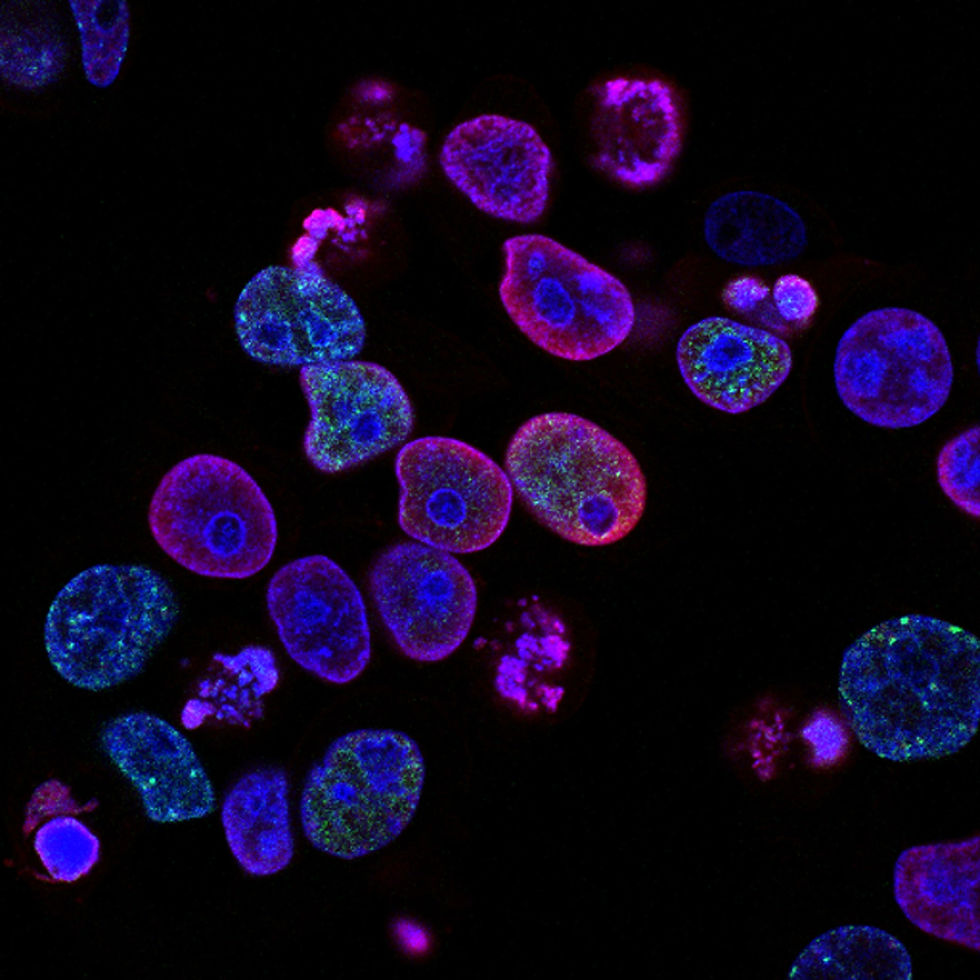Shaping the strategy and informing the phase II trial design for an early-stage metastatic colorectal and ovarian cancer treatment
Problem context
Our biotech client is developing an innovative radiopharmaceutical for metastatic colorectal and ovarian Cancer. Phase I clinical trials have shown zero serious adverse events. Preclinical studies with animal models have demonstrated the efficacy. We were tasked to understand the treatment practices and identify opportunities based on the unmet need in the two indications, help design the clinical trials, and understand the motivations and barriers to guide the strategy.
Specifically, there was a debate internally about whether one of the indications should be pursued.
Inherent in the context of an early-stage biotech, there are high levels of uncertainty on many aspects. We believe, in such situations, qualitative research with people with expert intuition is likely to provide us the best insight on how the future will evolve. Therefore, we designed a two-stage approach covering 40 in-depth interviews in France, Germany, the UK, and the US across a wide range of relevant specialties – gynaecologist-oncologists, medical oncologists, surgical oncologists, colorectal surgeons, nuclear medicine specialists, etc. We supplemented this with this desk research to arrive at quantitative estimates. As in all Insight Dojo studies, we worked closely with our client team with multiple problem-solving sessions.
Insights and Impact
-
We resolved the uncertainty about the indication that was being debated. Not only did we quantify the number of patients that could be eligible for the treatment, we established that the size of patients would grow in the future due to certain favourable factors. Our findings have given our client a lot more confidence to pursue the indication
-
We identified and prioritised clear opportunities in both indications for the treatment. A few of these were unanticipated for the clients whilst certain hypothesised ones, prior to the study, were deprioritised
-
The opportunities and other insights enabled us to provide advice on the clinical trial design including characteristics of trial centres, profile of lead investigators, important endpoints, patient subgroups, and arms. A critical input to this was providing our perspective on the future of an innovative, yet controversial treatment amidst a high degree of uncertainty
-
We identified the particularly hard problems that the client needed to solve to ensure adoption, and the essential aspects that made the treatment attractive
Our approach

